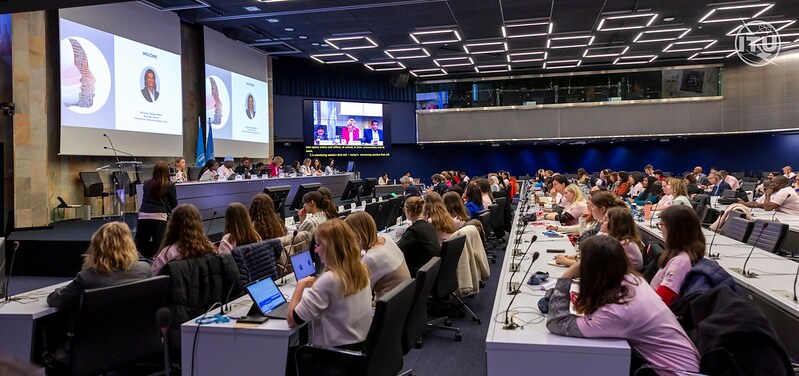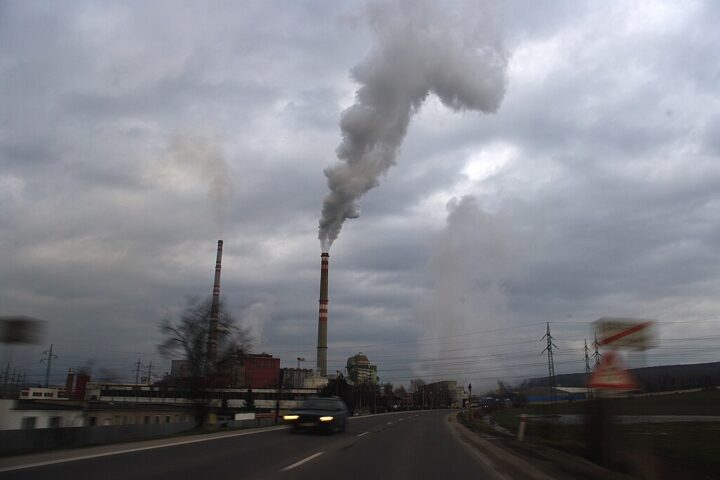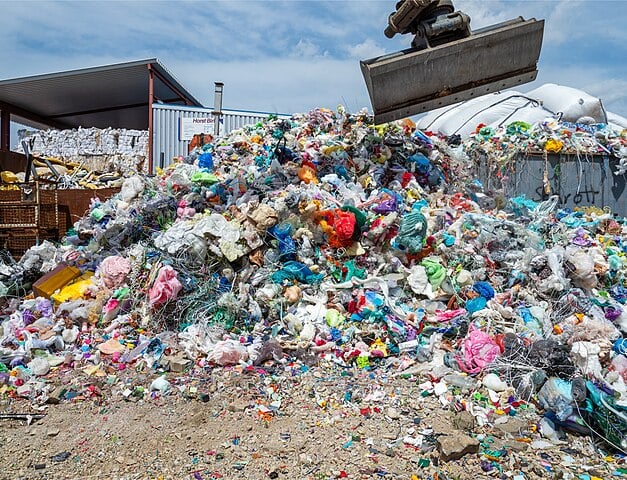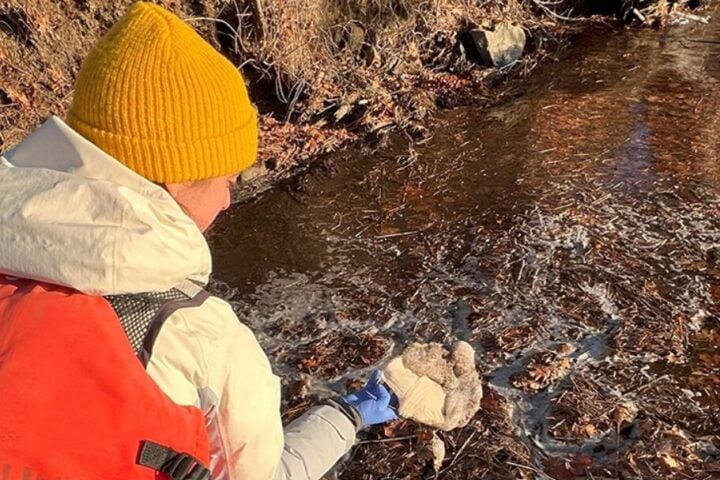Over 250 million Americans—about 81% of people using public water systems—have tap water with worrying levels of lead, according to recent analysis of EPA data. This toxic metal can damage health even at very low levels, raising serious concerns about the safety of drinking water across the country.
The Natural Resources Defense Council (NRDC) examined EPA data from 2021 to 2024 and found a widespread problem crossing political and geographic boundaries. Their findings paint a troubling picture of America’s aging water infrastructure and the dangers it poses to public health.
“It’s unacceptable that in 2025 the tap water for hundreds of millions of people could contain worrisome amounts of lead, a toxic chemical that is unsafe at any level,” said Erik D. Olson, senior strategic director for health at NRDC.
A Problem That Crosses Party Lines
The NRDC’s analysis reveals lead contamination affects communities regardless of political affiliation. Their map shows high lead levels in both Republican and Democratic congressional districts, including areas in California, Colorado, Illinois, Indiana, Michigan, New Jersey, New York, North Dakota, Ohio, and Tennessee.
In Republican districts, New York’s 11th district topped the list with over 731,000 people affected by water systems exceeding 10 parts per billion (ppb) of lead. Among Democratic districts, Colorado’s 1st district had the highest number with nearly 839,000 people affected.
Similar Posts
The Numbers Tell the Story
The scale of contamination varies, but all levels of lead exposure are considered unsafe by health experts:
- 251.2 million Americans use water systems with lead levels at or above 1 ppb, the maximum recommended by the American Academy of Pediatrics for children
- 112.3 million people have water with lead levels at or above 5 ppb, the maximum allowed in bottled water
- 44 million Americans are served by systems with lead at or above 10 ppb, the EPA’s new action level that takes effect in 2027
- 12.9 million people use systems with lead levels at or above the current EPA action level of 15 ppb
- 72.6 million Americans get water from systems with what the EPA classifies as a “health-based violation” for lead
How Lead Gets Into Our Water
Lead rarely comes from the water source itself. Instead, it leaches from aging pipes, fixtures, and solder as water flows through them. Several factors increase the risk:
Water chemistry plays a crucial role—more acidic water dissolves lead more easily. Warmer temperatures can speed up this process, raising concerns about how climate change might worsen the problem. Water that sits in pipes for hours, like overnight, can accumulate higher lead concentrations.
The biggest culprits are lead service lines—the pipes connecting water mains to buildings. Many American cities and towns, especially in the Northeast and Midwest, have water systems built decades ago with extensive networks of these lead pipes.
Health Risks for Everyone, Especially Children
Lead is particularly dangerous for children and pregnant women, but it threatens health at all ages.
In children, even low levels of exposure can cause permanent damage to developing brains, resulting in lower IQ, learning disabilities, attention problems, and behavior issues. For adults, lead exposure can harm kidneys, raise blood pressure, increase heart disease risk, and cause reproductive problems.
What makes lead exposure especially troubling is that it often happens without obvious symptoms, particularly at lower levels. By the time symptoms appear, damage may already be done.
Regulatory Response and Challenges
The EPA finalized its Lead and Copper Rule Improvements (LCRI) in October 2024, which would require virtually all lead water pipes to be replaced within a decade. However, the rule faces significant challenges.
The American Water Works Association, representing water utilities, has sued to block the rule. The Trump Administration has requested a delay in the litigation and hasn’t yet stated whether it will defend the rule.
“If the Trump EPA really wants to protect clean water, it should stand up today and say it will defend the agency’s lead in tap water standards in court,” Olson urged.
What You Can Do
While waiting for systemic solutions, people can take steps to reduce their exposure:
Always use cold water for drinking and cooking, as hot water dissolves lead more readily. If water has been sitting in pipes for several hours, run the cold tap for 1-2 minutes before using it. Regularly clean faucet aerators, which can trap lead particles.
Consider using a water filter certified specifically for lead removal (look for NSF/ANSI Standard 53 certification). If you’re concerned, contact your local water utility or health department about testing options.
At the community level, residents can demand information from water utilities about lead levels and push local governments to prioritize pipe replacement and infrastructure upgrades.
The NRDC emphasizes that removing lead from drinking water is “a solvable problem” despite resistance from some water utilities. With proper attention and resources, America’s lead pipe crisis could finally come to an end, protecting the health of millions.
Frequently Asked Questions
Your water may contain lead if you get water from a public system, as the NRDC found that 81% of Americans use water systems where lead was detected. Lead levels vary by location and property. Older homes and buildings (pre-1986) with lead service lines or plumbing are at higher risk. The only way to know for certain is to have your water tested by a certified laboratory. Contact your local water utility for testing options.
Lead is toxic at any level, especially for children and pregnant women. In children, lead exposure can cause permanent brain damage, lower IQ, learning disabilities, behavioral problems, and slowed growth. In adults, lead can cause high blood pressure, kidney damage, reproductive issues, and increased risk of heart disease. These health effects often occur with no obvious symptoms, particularly at lower exposure levels.
Lead typically enters drinking water through contact with plumbing materials containing lead. The main sources are lead service lines (pipes connecting water mains to buildings), lead solder used to join copper pipes (especially in homes built before 1986), and brass fixtures that contain lead. Water chemistry affects lead leaching – more acidic water and higher temperatures increase lead dissolution. Water that sits in pipes for extended periods can accumulate higher lead concentrations.
Health experts, including the EPA and CDC, agree that no level of lead is safe. The American Academy of Pediatrics recommends a maximum of 1 part per billion (ppb) for children. Bottled water standards allow a maximum of 5 ppb. The EPA’s current action level is 15 ppb (requiring water systems to take action when exceeded), though a new standard of 10 ppb takes effect in 2027. Even these regulatory levels don’t guarantee safety – they’re action thresholds, not health-based standards.
Several effective steps can reduce lead exposure: 1) Use cold water for drinking and cooking (hot water dissolves lead more easily); 2) Run water for 1-2 minutes before use if it hasn’t been used for several hours; 3) Clean faucet aerators regularly to remove trapped lead particles; 4) Install a water filter certified specifically for lead removal (look for NSF/ANSI Standard 53 certification for lead reduction); 5) Replace lead service lines or lead-containing plumbing if possible; 6) Get your water tested if you’re concerned.
The EPA finalized the Lead and Copper Rule Improvements in October 2024, requiring water utilities to replace virtually all lead water pipes within a decade. However, implementation faces challenges as water utility associations have filed lawsuits to block the rule. The Biden Infrastructure Law allocated funding for lead pipe replacement, but questions remain about whether it’s sufficient. Currently, the Trump Administration has requested a delay in litigation and hasn’t stated whether it will defend the rule.


















